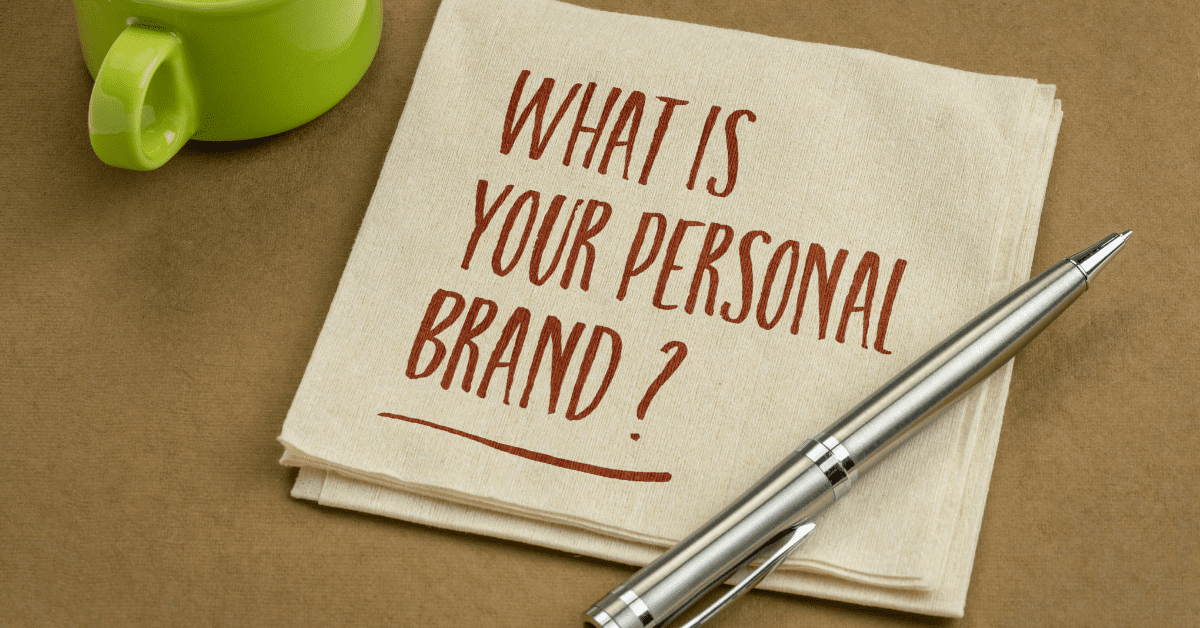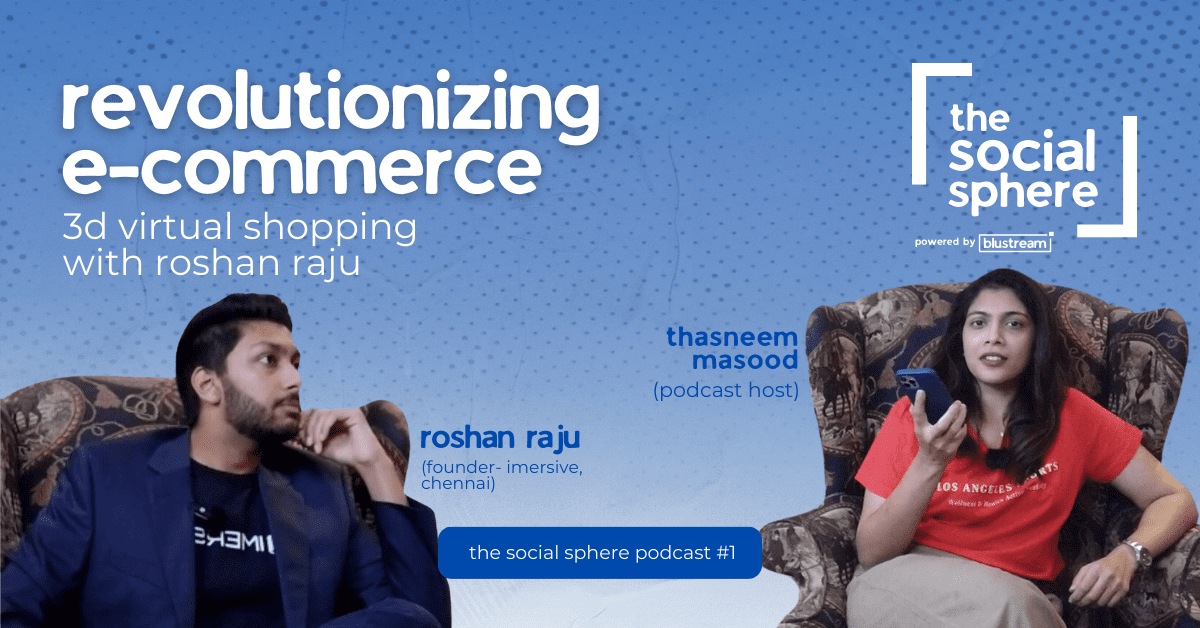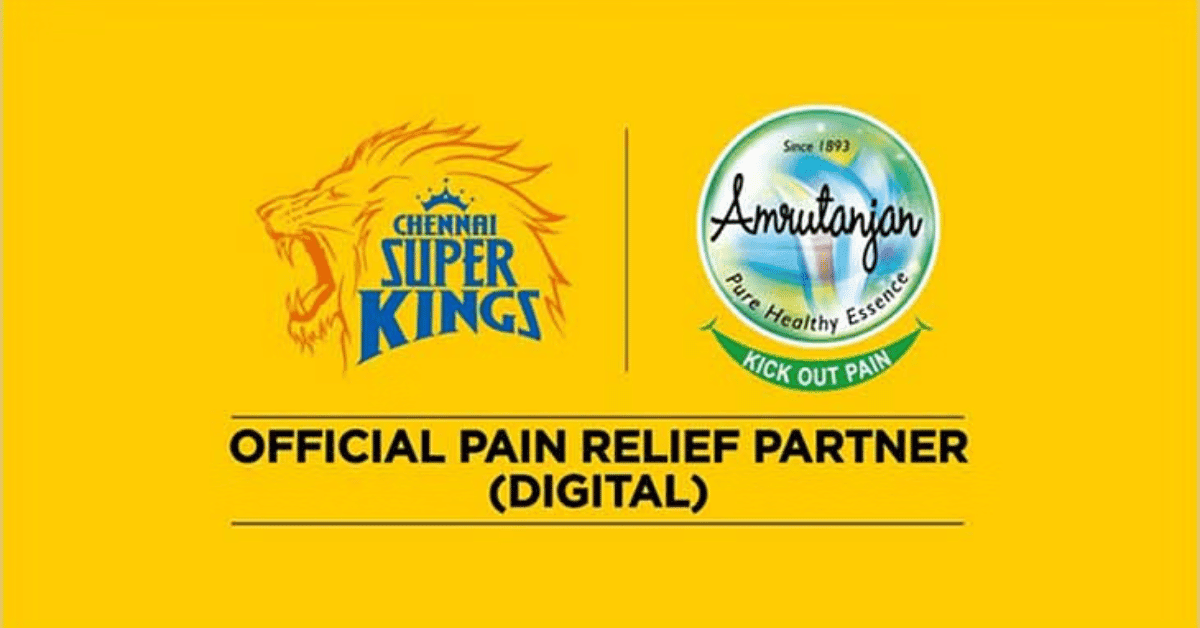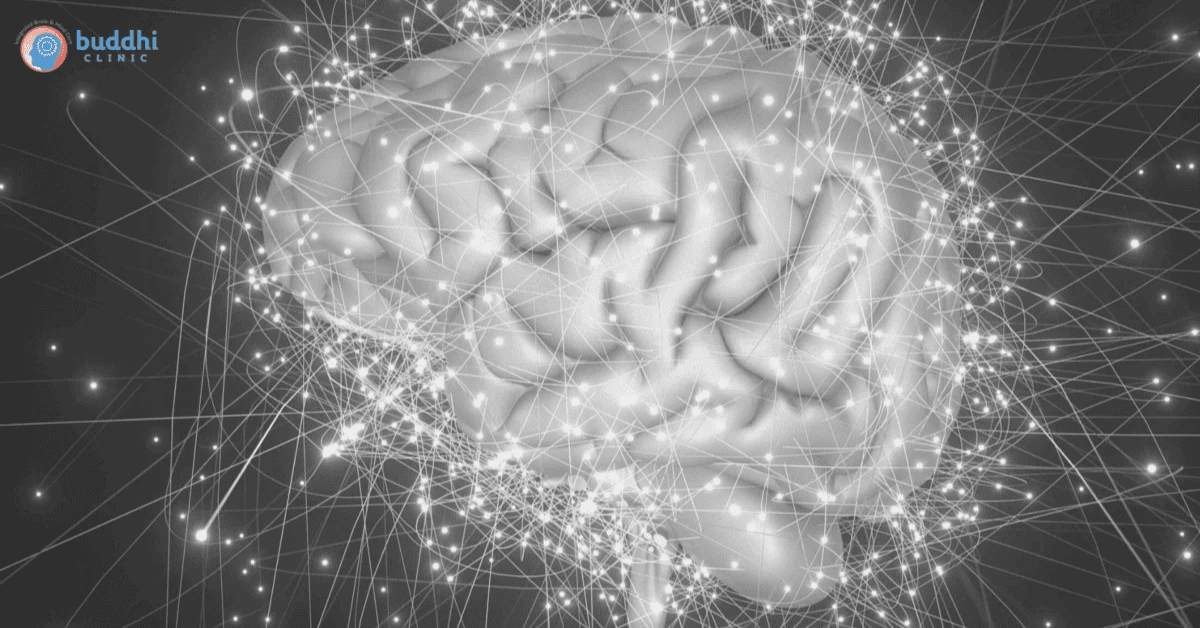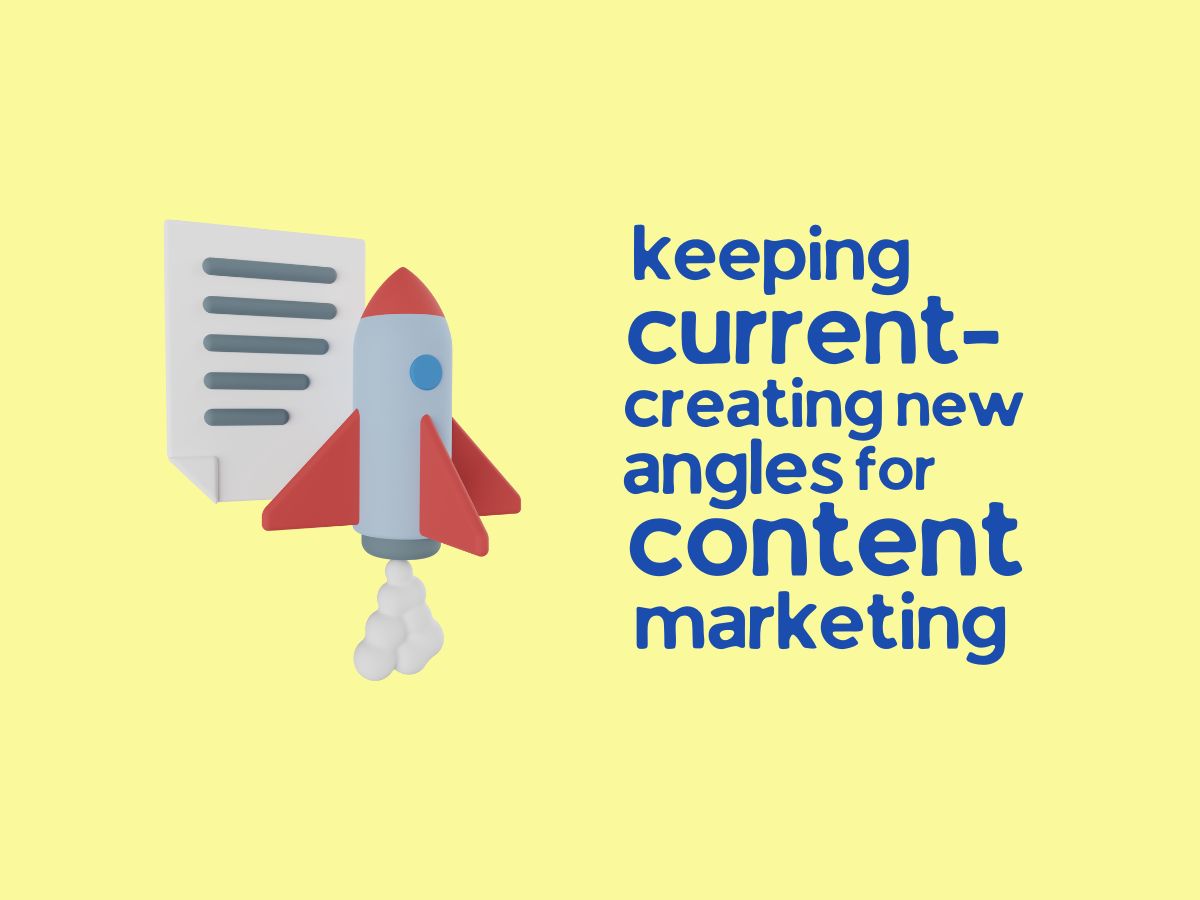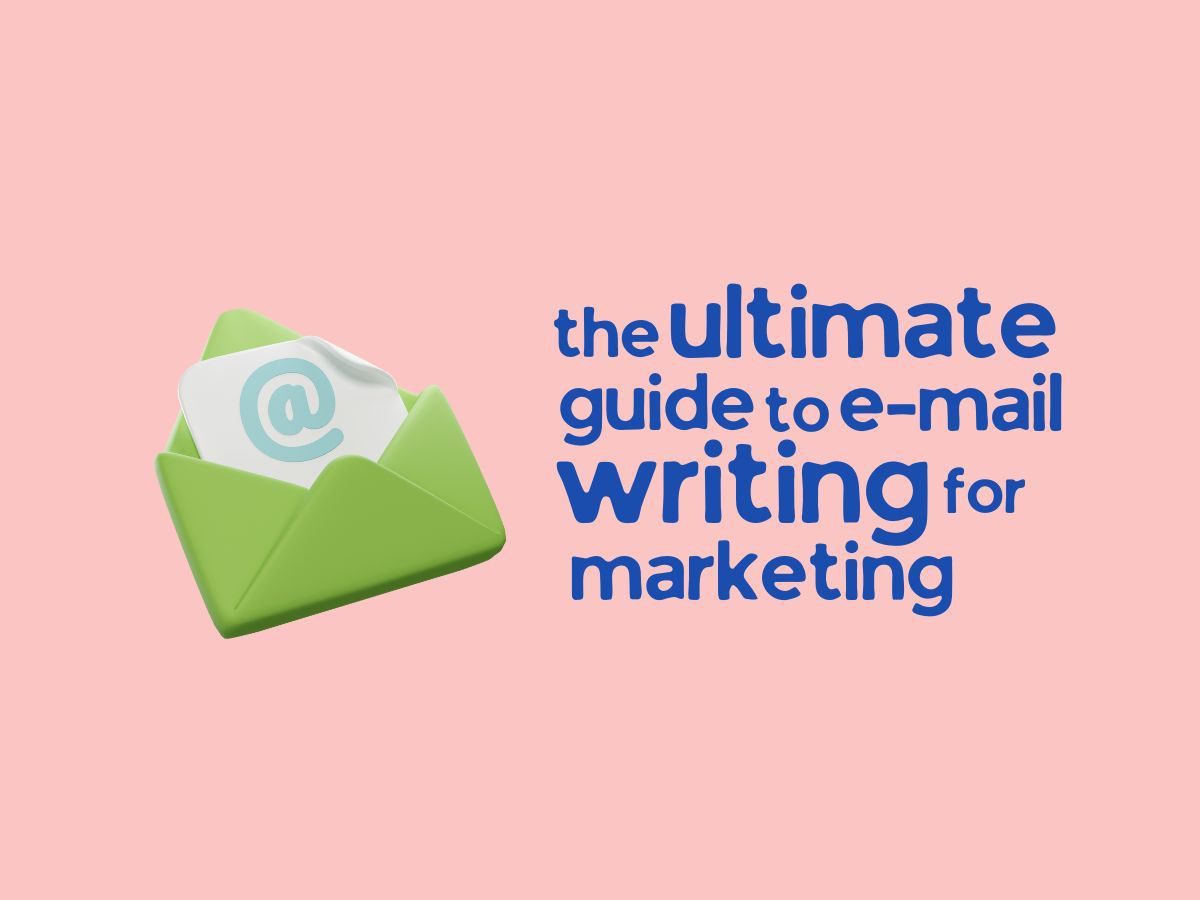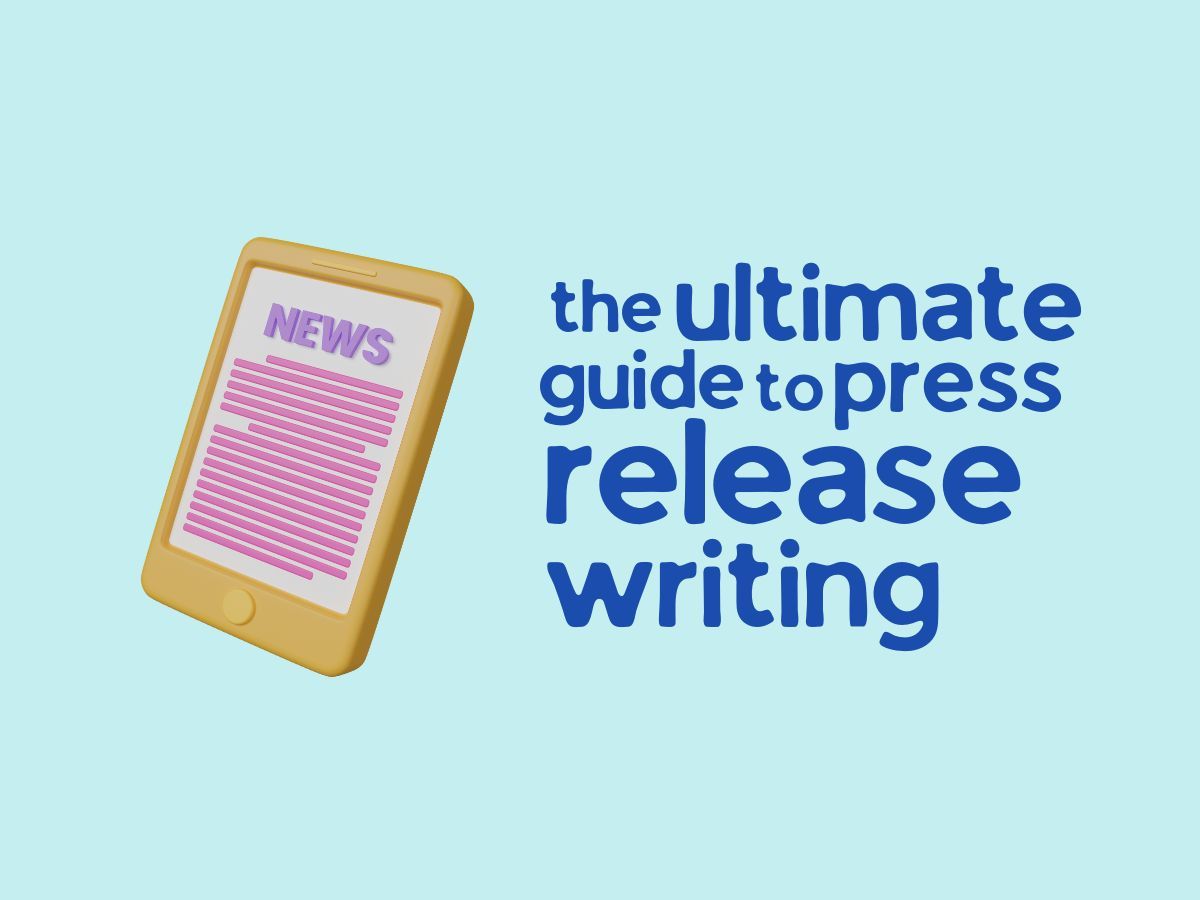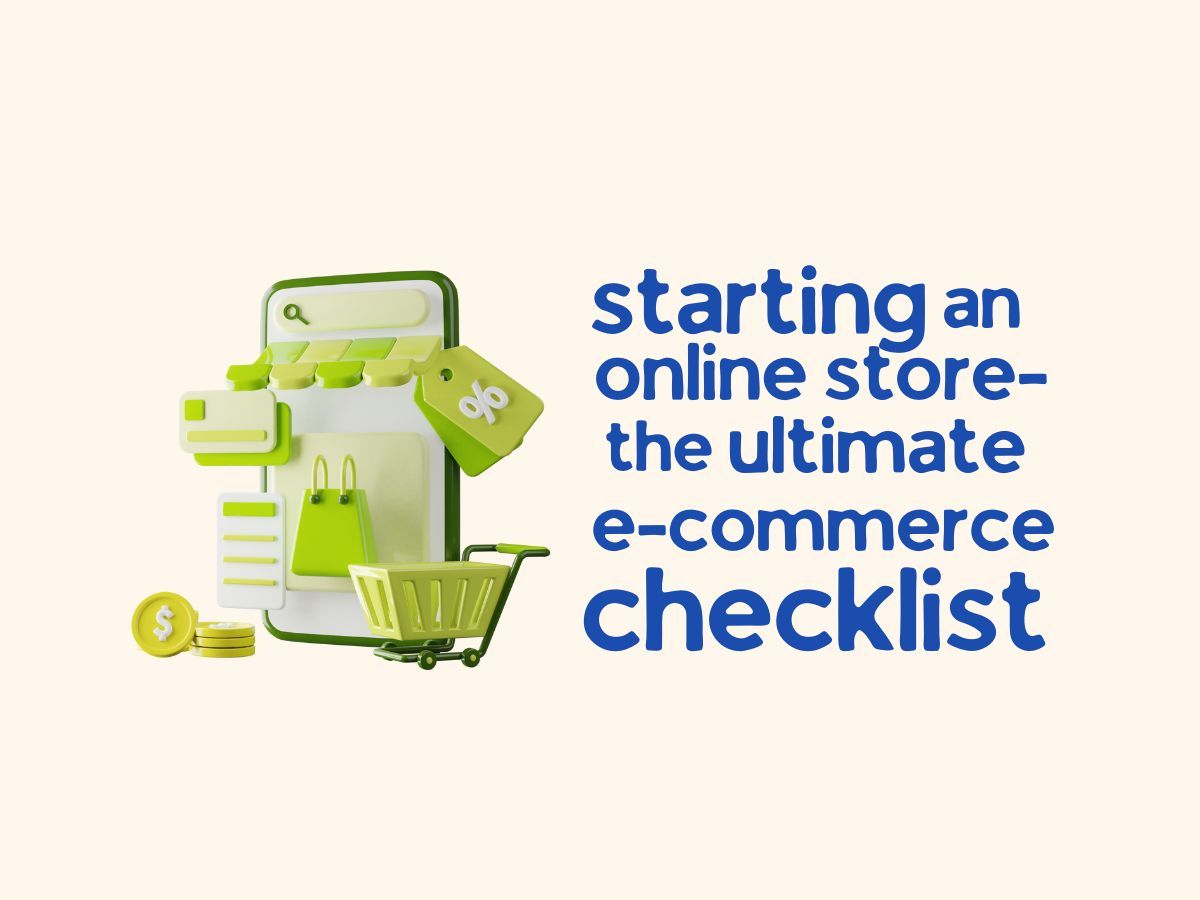The 21st century has made its mark in history to be an era of economic revolutions. The commercial and business industry has never bloomed in history with such remarkable achievements and milestone findings before. Innovation has become the cornerstone of business with Customer Satisfaction as one of the central themes, unlike the earlier strategy which was centralized more on a profit-based system.
When it comes to business strategies entrepreneurs mostly resort to two kinds of strategies: the conventional method of Sales funneling and the modern method of Life Cycle marketing which is more popularly known as the Customer Journey. Both of these are quite similar in various aspects and are seen to focus on similar stages of a customer buying a product. Such business strategies aid us in understanding the various factors affecting our business, and planning and implementing an efficient business strategy to increase lead conversion. Ultimately the goal of both these strategies is to increase the leads on our products henceforth increasing our business. Even though they are similar in many ways both of them have separate and unique central ideas when it comes to analyzing the market. Let’s dive deep into the specifics of both to get a more clear perspective:
Sales Funnel
The Sales Funnel aka marketing/purchase/conversion funnel is one of the most primitive yet quite successful and efficient business strategies that focuses on customer conversion and revenue. The core principle is rather the direct economic development and prosperity of your business. It was first introduced as the AIDA model in 1898 by E. St. Elmo Lewis. Here AIDA stands for the different funnels: Attention, Interest, Desire, and Action. The 1904 January to June of the magazine Salesmanship portrayed it as a chart explaining exactly how the mechanism of the AIDA model works.
As the diagram itself shows Sales Funnel is a marketing technique implemented n these four levels of purchasing. The process is drafted in such a way that the consumer gets to know and understand more about your business to indulge them with your company and nurture the then-formed bond at each funnel. These funnels may actually vary in nature according to the kind of business and target audience you have. However, the broad classification almost covers all possible phases that you might encounter. They are:
Awareness
The initial point of contact with the customer, where he or she is just a curious child oblivious of your products and your brand. The sole idea in this phase is to educate them about your products and nurture the curiosity that has to maintain their interest in your brand. We use various methods like SEO, Content creation, Social media marketing, paid to advertise, and other types of web presence to enhance this curiosity and enlighten our customers about the products and services we offer. This is also the phase in which we focus to make put brand more popular with the target audience and try to analyze how the customer came about knowing or choosing our brand.
It was found that about 39% of consumers give up on a website if the site and its graphics take too long to load. The technical SEO techniques we implement in this primary funnel help us to eliminate such issues hence maintaining our site traffic.
Research
The Research funnel as the name suggests aids the customer in understanding and learning about the company by providing them with various tools. This includes Custom content, FAQs, and new forms of information like live videos and apps. It is quite pivotal to use more engaging ways of helping the customer understand your company as you don’t want them to get bored of your brand through monotonous forms of information.
Decision Making
The final decision-making funnel intends to give that last push to your customer to buy the product. When it comes to the point of buying the product the consumer always looks out for the various options and packages you provide. Hence lead nurturing at this stage is mainly implemented through exclusive promotions, free trials, and consultations as incentives to buy.
Purchasing
In the end, your lead flows into the last funnel making the lead a customer. At this point, our chain of actions is focused on turning them into return customers and developing loyalty within them to our company. A variety of incentives like using newsletters, digital feedback cards, reward programs etc are brought into place to revisit and allure the past leads and to keep their interest fresh.

Why Sales Funnel?
The sales funnel strategy has been in the industry for a long time now and it has proved to show better results. It is a very straightforward way to ascertain the best way to allure leads. However, it also has another important aspect that will aid your business planning. Upon reviewing the analytics at each funnel and the response of the customer to each of your incentives, you could revamp and modify your ideas and themes. This also assists you in planning your annual budget as well as a proper content and marketing strategy for the future.
Life Cycle Marketing
Life Cycle Marketing(LCM) aka Custome journey is one of the most successful modern marketing strategies that has a prime focus on the customer’s sales experience from the discovery of the brand to purchase. It has been noted by several critics that this method is more relevant to the modern consumer. Just like in the sales funnel strategy LCM also has distinct phases into which this focus is divided.
The framework of LCM is centered around inspiring lead conversion by focusing on the customer and not the sale which makes it different from the Sales funnel strategy. This is the major difference between both these strategies and hence the Sales funnel strategy is sometimes called primitive when compared with LCM. The idea of LCM sprouted from the fact when a customer feels connected to your brand around 57% tend to spend with you and 76%vwill prefer to buy from you over your competitors. This statistic makes LCM extremely relevant for the modern market. After all, numbers don’t lie!
The various stages of LCM include: Awareness
The first part of Life Cycle Marketing is very similar to the first funnel. This includes the discovery of your brand by the consumer and the part where they decide whether or not he is interested and should learn more. What makes LCM different here is its value-based approach that is not so sales oriented. It was observed that modern consumers detest the aggressive pressuring sales strategies and find a more value-based approach comfortable, This comfort of the customer is the very essence of LCM.
At this level, LCM focuses on High-quality content that is oriented in such a way that it plants s seed of trust in your consumer about your company and make them aware of what your brand and domain stand for. We motivate the customer to take action through various tools like High-quality SEO blogs that would also spread brand awareness, Lead magnets and e-books, Videos, Social media Content, Original research, case studies, and a Community building around your brand creating an intimacy with the consumer.
Intent
A combination of both the Research and Decision making funnels, the intent phase focuses on indulging and interacting with the consumer on a one-to-one basis. This level aims to understand the customer and his needs and nurture a close relationship with him. Various methods of Conversational marketing like LiveChatting, Chatbots, etc are used at this level to gain the attention of the consumer and interact with them more informally.
Decision
This stage marks the consumer becoming a customer by choosing your brand and purchasing from your company based on the awareness and intent that you allured in them. At this stage, LCM focuses on giving them a warm welcome to their brand and providing immediate assistance in case of any queries. Lifecycle marketers also give immense importance and reach out to get Customer feedback as they never want the customer to feel like any of their reviews are left unheard. This is the very stage that bears the fruit of all the effort that we put into the previous stages.
Loyalty
The Loyalty level is a vital part of Life Cycle Marketing. Lifecycle marketers never want our customers to feel like a stranger once they have joined the brand. Even though marketing to those in the loyalty phase is similar to marketing to purchasers in the sales funnel, The focus is completely different. This focus is something that lacking in the sales funnel strategy and one of the prime reasons that critics argue LCM is more suitable for the modern consumer.
In LCM this phase is centered around giving attention to the overall experience of the customer nf what they could do to make them feel more valued hence retaining the sale. Once again, It’s not the repeat purchase that they focus but it is the customer dissatisfaction and experience. Devices like Thank-you cards, follow-up emails, and exclusive access to new products are normally issued at this stage.
Why LCM?
LCM as mentioned explicitly above assists us in building and improving quality customer service within a brand. It also spread light onto new ideas and courses of action we could resort to improve customer experience and creating loyal customers. The customer journey also plays a pivotal role in understanding where and how we could improve our products and the brand itself. As we give the core attention to the whole journey of the customer we can redeem customers’ full value for a lifetime of doing business than just a single sale.
The Last Call: LCM or Sales Funnel?
We have already gone into detail about the minute and detailed aspects of both LCM and Sales funnel and what sets them apart. Even though it has been suggested that the LCM strategy is more suitable for the modern consumer the analytical power and advantage of the Sales funnel strategy can’t be left unnoticed, after all a business is more about sales than customer loyalty. However, this very line of thought is why LVCM came into being in the first place. People just don’t like aggressive sales tactics. Even though the Sales funnel is primitive in these terms it has been proven to work efficiently in the past few decades of its existence.
So the last call is solely based on you and what your business is. You have to choose what suits your business and your product the most and most of all it has to align with your ideals.



